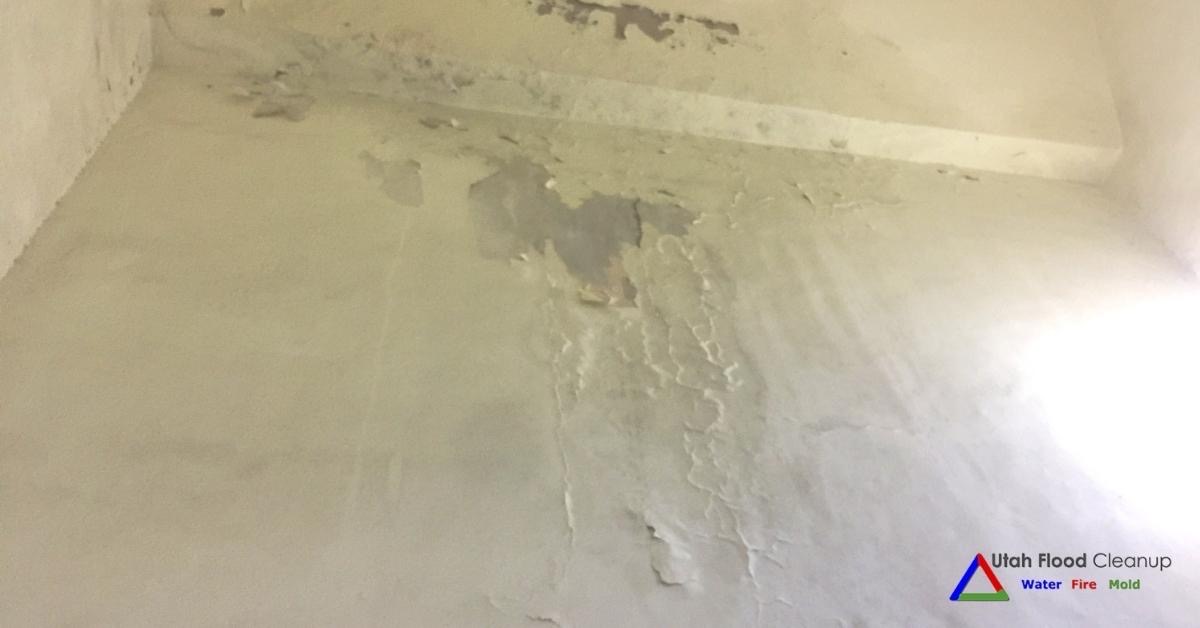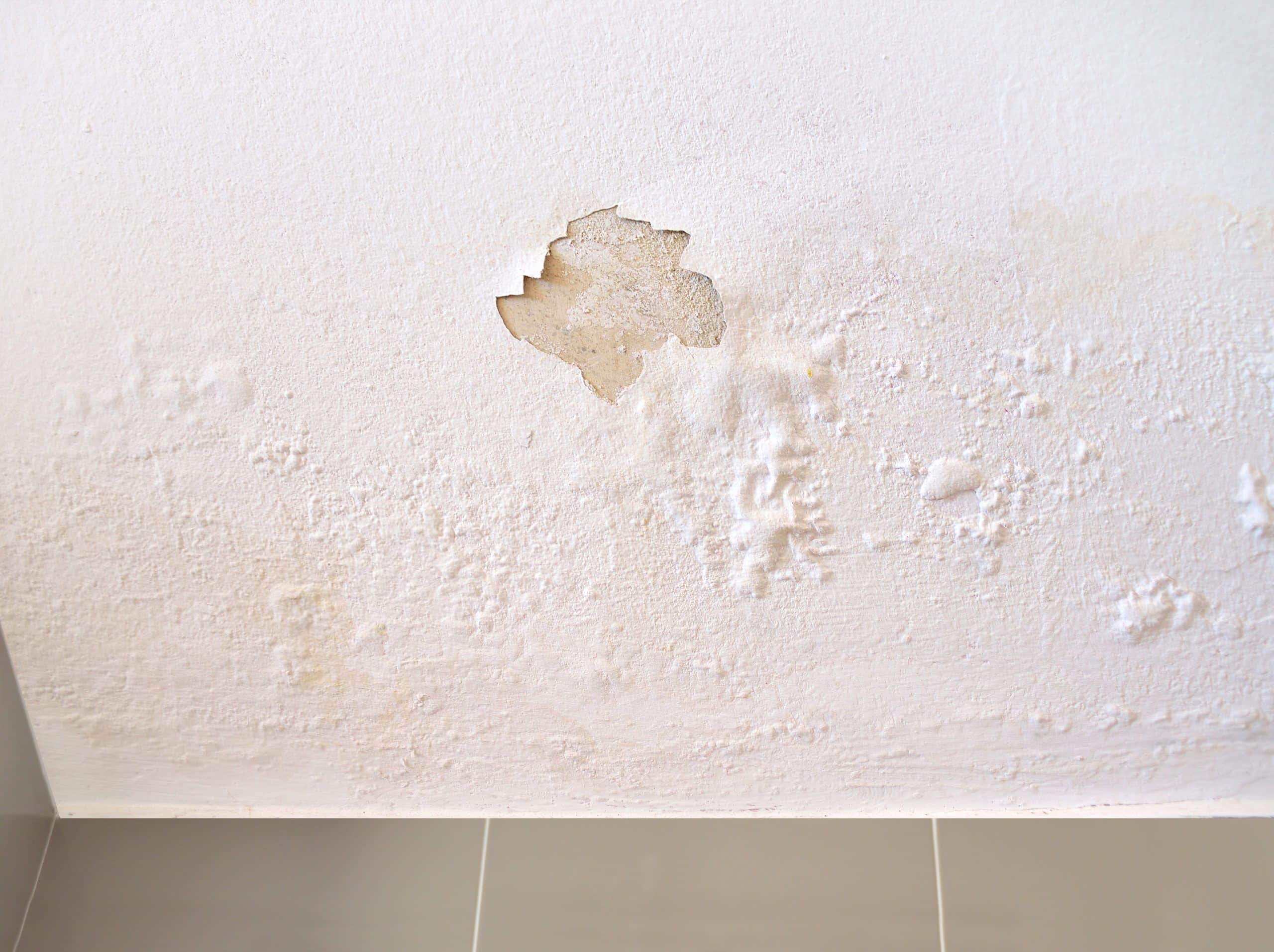Just how do you feel about How to Remove Water Stains from Walls and Ceilings?

Water spots on walls are not pleasant to the eyes. Occasionally it seems virtually inescapable to experience water stains on wall surfaces in residences.
Home owners residing in humid areas continuously take care of the anxiety of water stains on walls. That doesn't have to be the instance for you. With precise and well-rounded info on the reasons for water spots and punctual repair work processes, you will certainly always be an action ahead of such events. So, this short article assures to be a practical overview for you.
3 Usual Reasons For Water Spots on Walls
As opposed to popular belief, water spots on walls do not constantly come from poor structure materials. There are numerous reasons for water stains on wall surfaces. These consist of:
Poor Water drainage
When making a structure strategy, it is critical to ensure ample drain. This will protect against water from leaking into the walls. Where the drain system is obstructed or nonexistent, below ground wetness accumulates. This links to excessive dampness that you discover on the wall surfaces of your structure.
So, the leading source of damp wall surfaces, in this instance, can be a poor drainage system. It can additionally be due to bad administration of sewage pipelines that go through the building.
Wet
When hot damp air consults with completely dry cool air, it creates water beads to form on the wall surfaces of buildings. When there is vapor from food preparation or showers, this takes place in restrooms and also kitchens. The water droplets can stain the surrounding walls in these parts of your residence and infect other areas.
Wet or condensation influences the roof and wall surfaces of structures. This creates them to show up darker than other areas of the home. When the wall surface is wet, it creates a suitable environment for the growth of fungi as well as germs. These might have adverse effects on health and wellness, such as allergic reactions and respiratory system problems.
Pipeline Leaks
Many houses have a network of water pipes within the wall surfaces. This guarantees that the pipelines are well away from the reach of damaging rodents. It always enhances the viability of such pipes, as there is little oxygen within the wall surfaces. This inhibits corrosion.
Yet, a downside to this is that water leakage impacts the wall surfaces of the structure as well as triggers extensive damages. A telltale sign of defective pipes is the look of a water tarnish on the wall surface.
Water Stains on Wall Surface: Repair Work Tips
When dealing with water stains, home owners would generally want a quick repair. Yet, they would quickly recognize this is disadvantageous as the water spots recur. Below are a few handy tips that will guide you in the repair work of water spots on walls:
Pro Suggestion
A houseplant in your house also boosts its moisture. So, if your home is currently moist, you may want to introduce houseplants with very little transpiration. An example of suitable houseplants is succulents.
Final thought
No one desires to have water discolorations on wall surfaces in their residence, it can happen to the ideal of us. This short article provides you take advantage of, as you now know how to handle this mishap if it does happen.
It is constantly best to hire specialist solutions to assist fix the damages in your house.
Often it appears practically inescapable to experience water discolorations on walls in homes.
In contrast to popular idea, water spots on walls do not constantly stem from bad structure materials. There are numerous causes of water discolorations on walls. The water beads can discolor the bordering walls in these components of your home as well as spread to various other locations.
Below are a couple of valuable suggestions that will certainly guide you in the repair work of water stains on walls:
CHECKING FOR WATER DAMAGE
Water damage can be costly, and it may begin before you even notice the first signs of trouble. Water damage can cause mold and mildew in your walls and floors, which can create an abundance of health concerns for your family. It can also lead to costly repairs of various appliances and general home fixtures. To avoid the pricey consequences of water damage, here are Warner Service’s top 5 places you should check:
The walls – The easiest place to spot the beginnings of water damage is on the walls and ceilings of your home. If water damage is present, there will most likely be water stains, especially around the windows and doorframes, and/or cracks in the drywall. If a stain looks unusual (discolored to brown, black or gray, raised texture), has a swollen appearance or is soft to the touch, contact a professional immediately. The pipes – To avoid water damage, consistently check the pipes in your kitchen (especially the dishwasher and ice maker), bathrooms, laundry room (specifically washing machines) and basement for corrosion, leaks and water stains. Pay special attention to where the pipes connect in your home and the location of caulking around the bathroom fixtures, including toilets, sinks, showers and tubs. Missing or loose caulking and grout could be signs of leaking water. This seepage can also quickly cause mold and rust, so double check your water heater and tank for wet spots on the floor. The floor – Water damage is very easy to spot on the floor. Look for any warping or buckling of the material, especially in the basement. If your home has wood flooring, look for bright white or dark stains. If your home has carpeting, keep it dry and clean. A damp carpet that smells of mold could cause water damage and health problems. To avoid this, consider installing floor pans under your appliances to help prevent damages from small, slow and undetected leaks. The basement and attic – If your basement or attic smells odd check for mold and mildew around the area, especially the valley where the roof meets. While you are inspecting those areas, check for wall cracks, floor stains, rust and dampness in the insulation. If you live in a colder and/or rainier climate, perform routine checks for water damage from melting snow or ice and rain. The exterior – Check the roof for damaged flashing and missing, cracked or curled shingles. There should also be no standing water anywhere outside your home. This could be caused by puddles, leaky rain gutters or hoses, poor drainage, or short gutter spouts. Invest in a sump pump system or water flow monitoring system, and perform routine maintenance on these outdoor appliances to avoid indoor water damage.

Do you appreciate reading up on How to Remove Water Stains from Walls and Ceilings? Make feedback further down. We would be glad to see your views about this write up. We are looking forward that you visit us again in the near future. For those who appreciated our blog posting please be sure to pass it around. Thanks for your time spent reading it.
Fix today, not tomorrow!